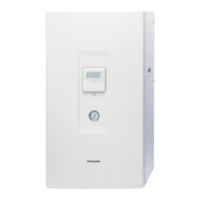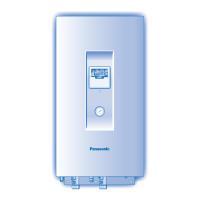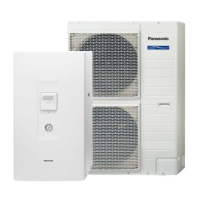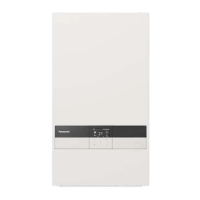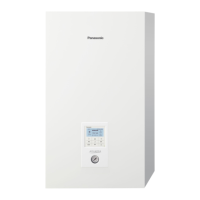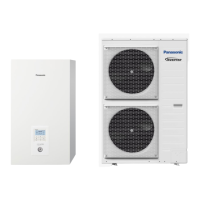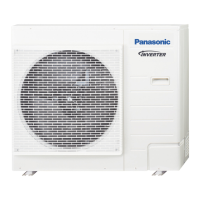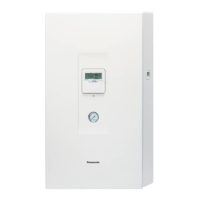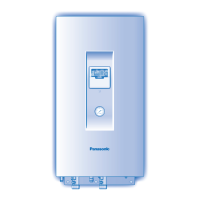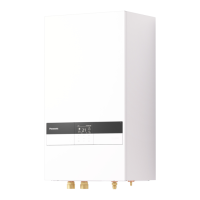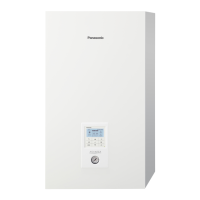Heat pump system
Heat utilisation
Cooling
2.3.3 Cooling Depending on the product series, the cooling mode can be manually
switched via the control panel/remote control or is automatically
switched at dened temperature points. Depending on the product
series, switching over to heating mode occurs manually at the end of
the cooling period or automatically at the dened temperature thresholds.
Room cooling is possible by means of radiant panels such as underoor,
wall or ceiling cooling systems or particularly via fan convectors. Individual
heating circuits that are not suitable for the cooling operation can be
deactivated by a control system via a 2-way directional valve. For all
transfer systems, it is possible for the temperature to fall below the dew
point, which can result in condensation in the cooling mode, with high
relative humidity. This must be ruled out particularly with radiant panels,
via a dew-point sensor, the supply water temperature must be raised
through mixing with the return ow, or the cooling mode must be switched
off in an emergency. Fan convectors can be operated with much lower
supply water temperatures in comparison to radiant panels in the cooling
mode and therefore have greater cooling capacities. However, fan con-
vectors for the cooling mode must always be provided with a condensate
drain and piping with closed-cell insulation.
Attention In the cooling mode, condensation of moisture in the air can occur on
the surface of the heat transfer systems when the temperature falls
below the dew point. This can lead to damage to the building or to the
danger of slipping on oor surfaces.
The temperature falling below the dew point must therefore be avoided
by means of suitably placed dew point sensors or the condensate
occurring must be drained safely. The affected piping must be insulated
fully against this condensation risk.
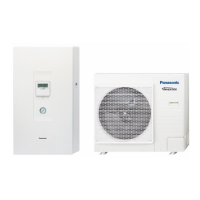
